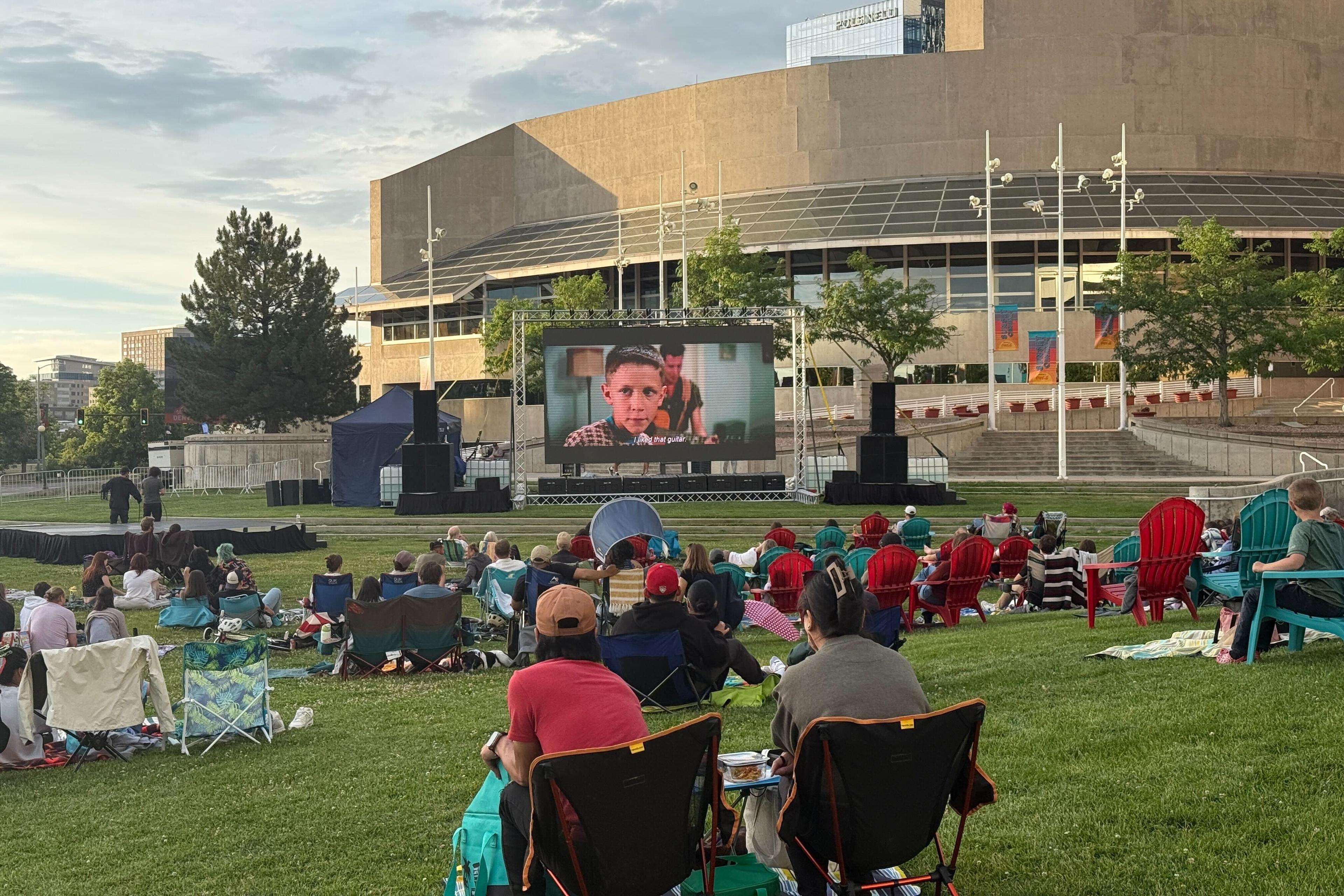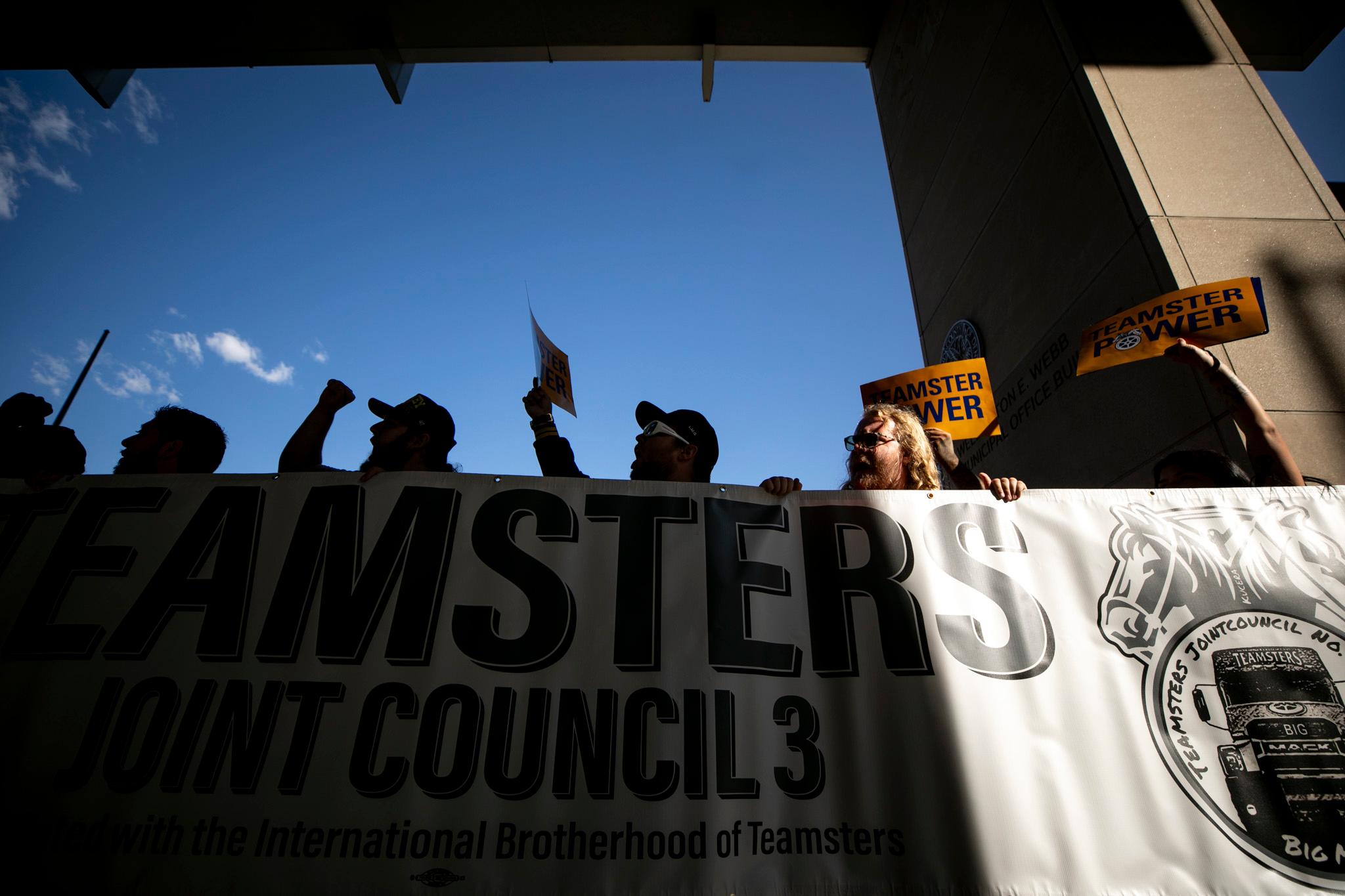So I was reading through the appendix of a new report from the National Low Income Housing Coalition — hear me out on this one — and learned something interesting.
Denver-Aurora-Broomfield is one of 14 metropolitan areas where the federal government has determined that Denver's lowest-income earners don't have enough choices throughout the metro area in fiscal year 2016.
That puts us in a category with places like Washington, D.C., Chicago and Kansas City.
Housing voucher programs like Section 8 housing help low-income families, the elderly and others live affordably. The federal government simultaneously sets a fair-market rent to determine how much money can be used to subsidize a housing voucher for someone. Usually, that's determined by the 40th percentile, which means it's an amount slightly lower than the area's average rent.
So for the Denver metro area, the 40th percentile fair market rate for a two-bedroom apartment would be $1,147. Then, the city would use that to calculate their payment to the owner, subsidizing the rent for the housing voucher recipient.
Except the Denver metro is one of 14 cities in the country in which the federal government sets fair-market rents in the 50th percentile, rather than the 40th percentile, because housing voucher recipients are too geographically concentrated and should have more housing options.
Or as the Federal Register explains:
"The main objective of the 50th percentile program was to provide a broad range of housing opportunities that would enable voucher holders to de-concentrate from low opportunity areas."
In order to do that, the government sets the fair market rates in a higher percentile in those 14 areas. Then more of a housing voucher participant's rent is paid for — ideally encouraging movement to another "higher opportunity" area with a broader range of incomes.
For Denver, that means instead of a $1,147 fair-market rate for a two-bedroom rental, it's $1,227.
But even the feds say it's not really enough:
"This average 50th percentile FMR rent differential is generally not high enough to provide HCV households with access to higher opportunity neighborhoods."
In 2018, we'll have a chance to know whether it was helpful for Denver — that's when the federal government will do its reevaluation.











